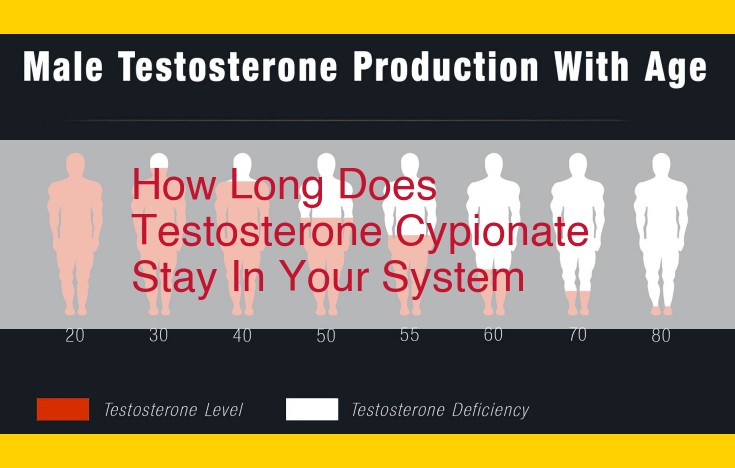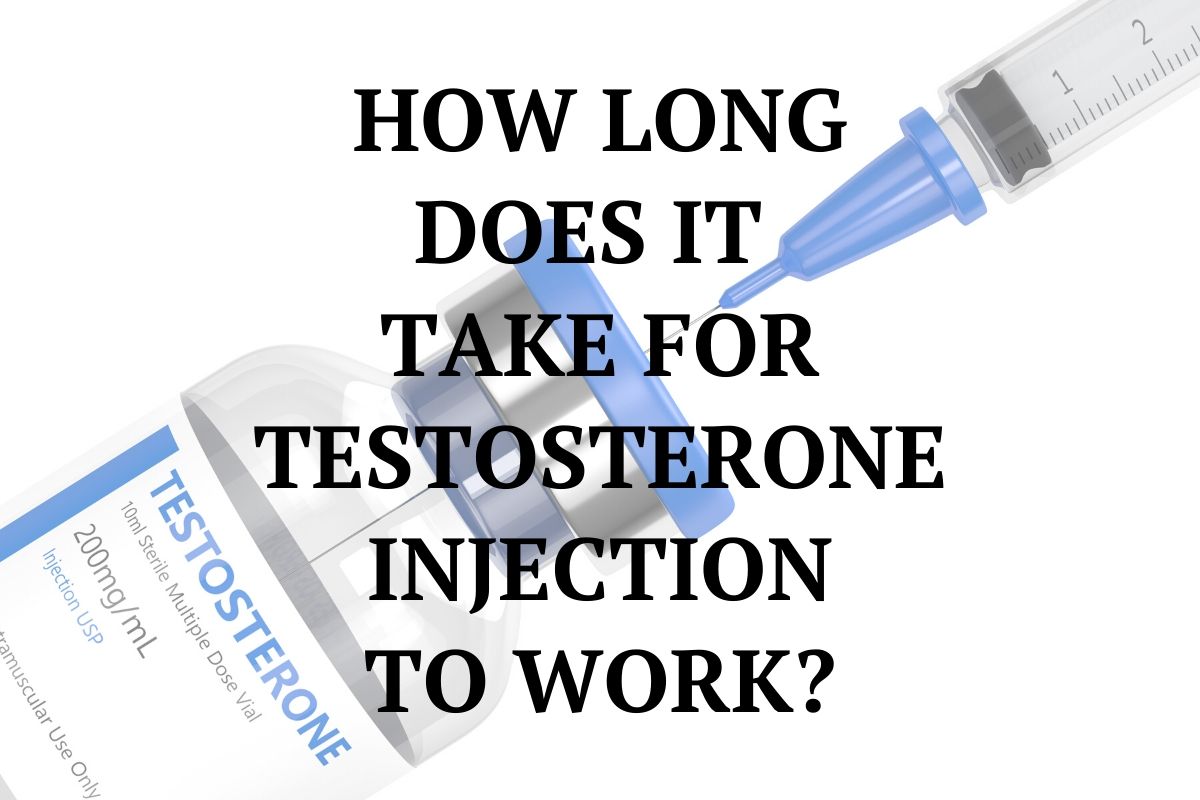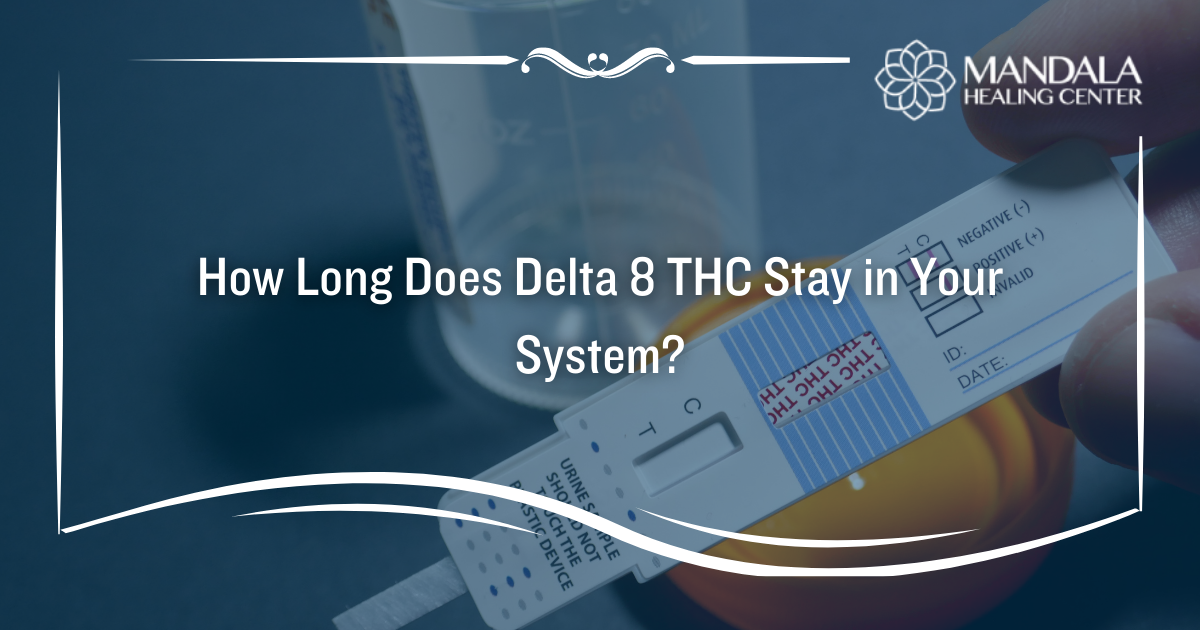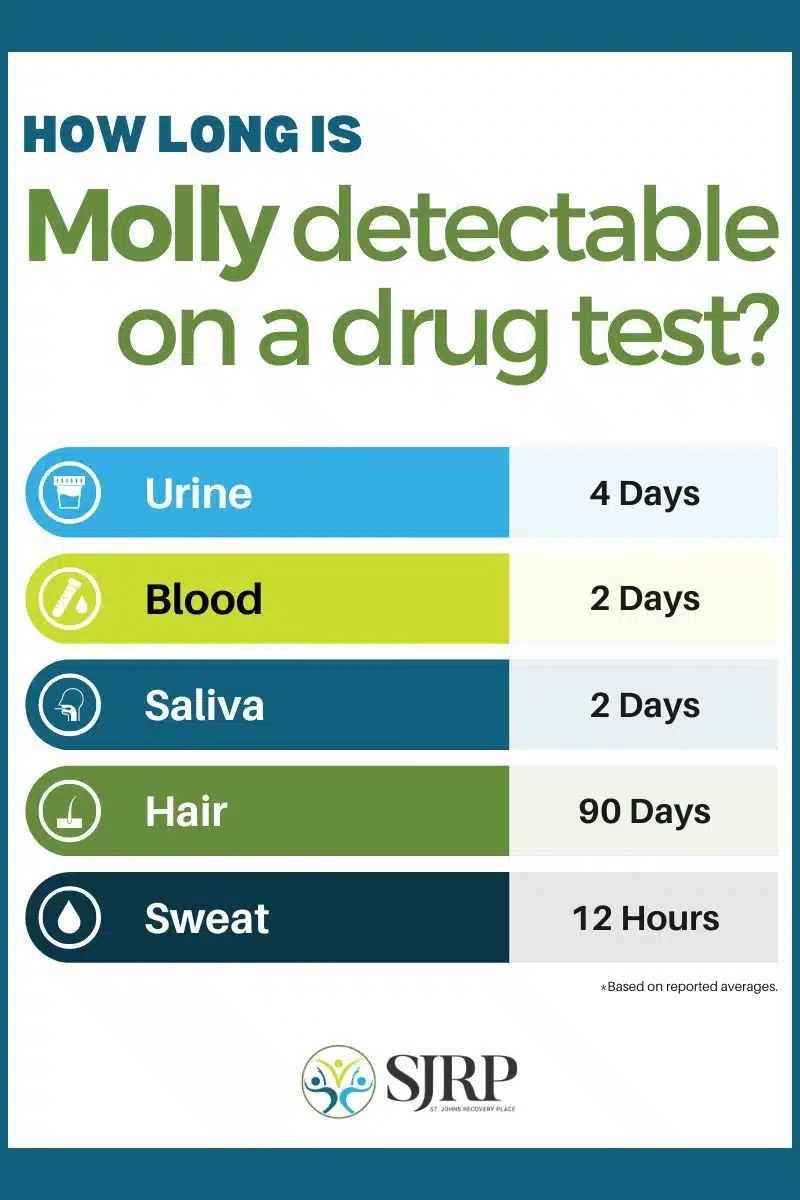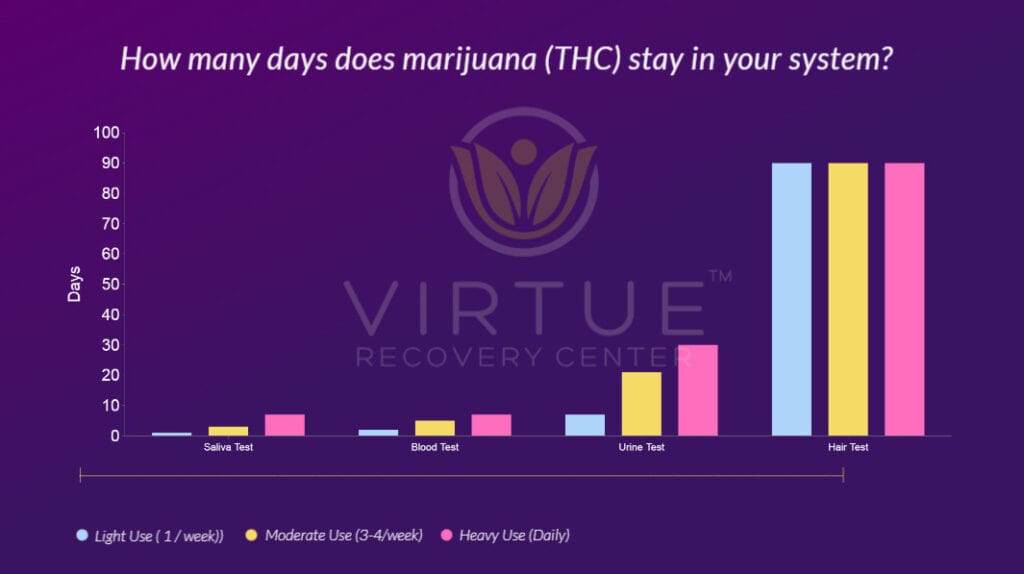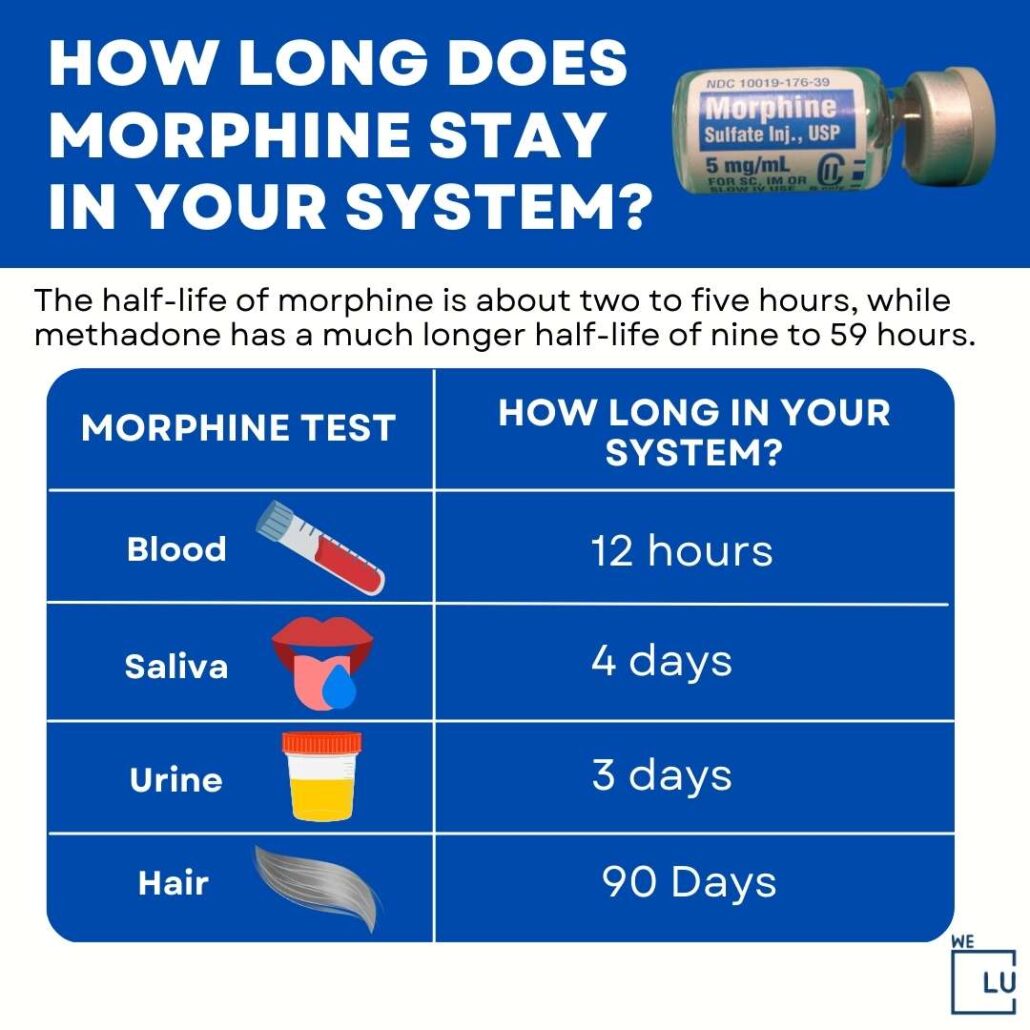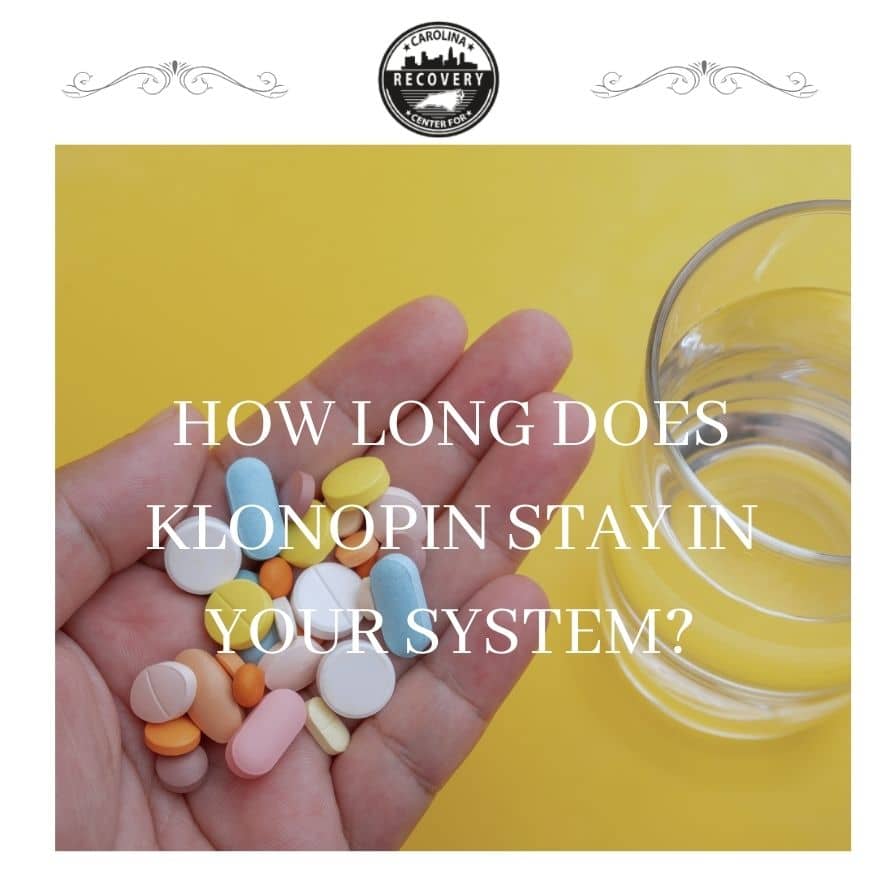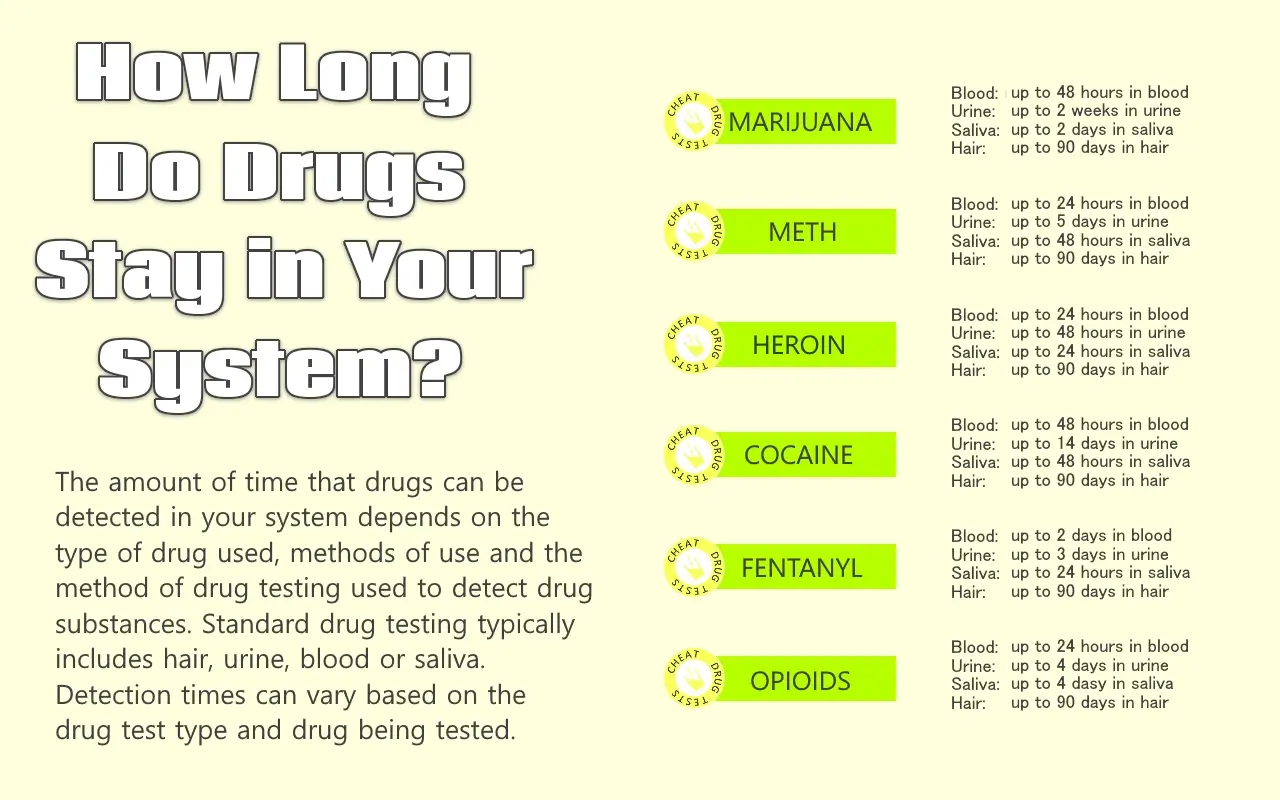How Long Does Cypionate Stay In Your System

The shadow of detection looms large for individuals considering or using testosterone cypionate, an anabolic steroid often utilized for hormone replacement therapy or performance enhancement. The length of time this synthetic hormone remains detectable in the body is a crucial factor, influencing decisions related to therapeutic regimens, athletic competitions, and compliance with anti-doping regulations.
Understanding the pharmacokinetics of testosterone cypionate is paramount for anyone seeking accurate information. This article delves into the science behind its metabolism, detection windows, and the various factors that can influence how long it stays in your system. We'll explore data from reputable organizations and expert opinions to provide a comprehensive overview.
What is Testosterone Cypionate?
Testosterone cypionate is an injectable ester of testosterone. It's primarily prescribed for conditions like hypogonadism in men, where the body doesn't produce enough testosterone naturally.
However, it is also misused by athletes and bodybuilders to enhance muscle mass and strength. This use outside of medical supervision carries significant health risks.
The Science Behind Detection Time
The detection window for testosterone cypionate isn't a simple, fixed number. It's influenced by several factors, primarily the drug's half-life and the sensitivity of the detection methods.
The half-life of testosterone cypionate is approximately 8-12 days. This means it takes that long for half of the drug to be eliminated from the bloodstream.
However, complete elimination takes considerably longer, often spanning weeks or even months.
Factors Influencing Detection Time
Several factors can affect how long testosterone cypionate remains detectable. These include the dosage, frequency of use, individual metabolism, and the specific testing method employed.
- Dosage and Frequency: Higher doses and more frequent injections lead to a longer detection period.
- Metabolism: Individuals with faster metabolisms may clear the drug more quickly.
- Testing Method: Highly sensitive tests can detect even trace amounts of the drug for extended periods.
Age, body composition, and kidney function can also play a role, albeit to a lesser extent.
Typical Detection Windows
According to the World Anti-Doping Agency (WADA), the detection window for testosterone cypionate in urine is typically around three months. However, this is an estimated range.
Blood tests can sometimes detect testosterone cypionate for an even longer period, depending on the sensitivity of the assay. The exact timeframe will vary between individuals and testing protocols.
"The detection of anabolic steroids is a complex process, and individual results can vary significantly," states a WADA official in a recent report on anti-doping measures.
Hair follicle testing, though less common, can potentially detect the drug for an extended period, possibly several months. This method isn't typically used for routine doping control.
Implications for Athletes
For athletes, understanding the detection window of testosterone cypionate is crucial for compliance with anti-doping regulations. WADA and other sporting bodies have strict rules against the use of performance-enhancing drugs.
Athletes who test positive for testosterone cypionate face severe penalties, including suspensions and bans from competition. The consequences can be career-ending.
Therefore, athletes must be fully aware of the risks and consequences associated with using this substance, whether intentionally or inadvertently.
Health Risks of Testosterone Cypionate Misuse
Beyond detection and penalties, the misuse of testosterone cypionate carries significant health risks. These risks range from mild to severe and can affect various organ systems.
Common side effects include acne, hair loss, and mood swings. More serious risks include cardiovascular problems, liver damage, and prostate enlargement.
In women, testosterone cypionate can cause virilization effects, such as a deepening of the voice and increased facial hair. This is due to the hormonal impact of taking such a steroid.
Medical Supervision and Hormone Replacement Therapy
When testosterone cypionate is prescribed by a physician for hormone replacement therapy, the risks are generally minimized through careful monitoring and dosage adjustments. Regular blood tests are essential to ensure the drug is effective and safe.
Patients should always discuss any concerns or side effects with their doctor. Self-medicating with testosterone cypionate is strongly discouraged.
The Future of Detection
Anti-doping agencies are constantly developing new and more sensitive testing methods. These advancements make it increasingly difficult to use performance-enhancing drugs without detection.
Researchers are also exploring biomarkers and other indirect methods of detecting steroid use. This approach focuses on identifying physiological changes caused by the drug, rather than detecting the drug itself.
Such advancements are likely to further narrow the window of opportunity for those who seek to gain an unfair advantage through doping.
Conclusion
Testosterone cypionate can remain detectable in the body for a considerable time, with detection windows varying depending on factors like dosage, individual metabolism, and the testing method employed. The consequences of detection can be severe, especially for athletes subject to anti-doping regulations.
Ultimately, understanding the pharmacokinetics of this drug and adhering to ethical and legal guidelines is paramount. Responsible use of testosterone cypionate, under medical supervision, is crucial for mitigating risks and ensuring patient safety. Furthermore, education about the dangers of misuse remains essential to deterring individuals from taking such risks.

